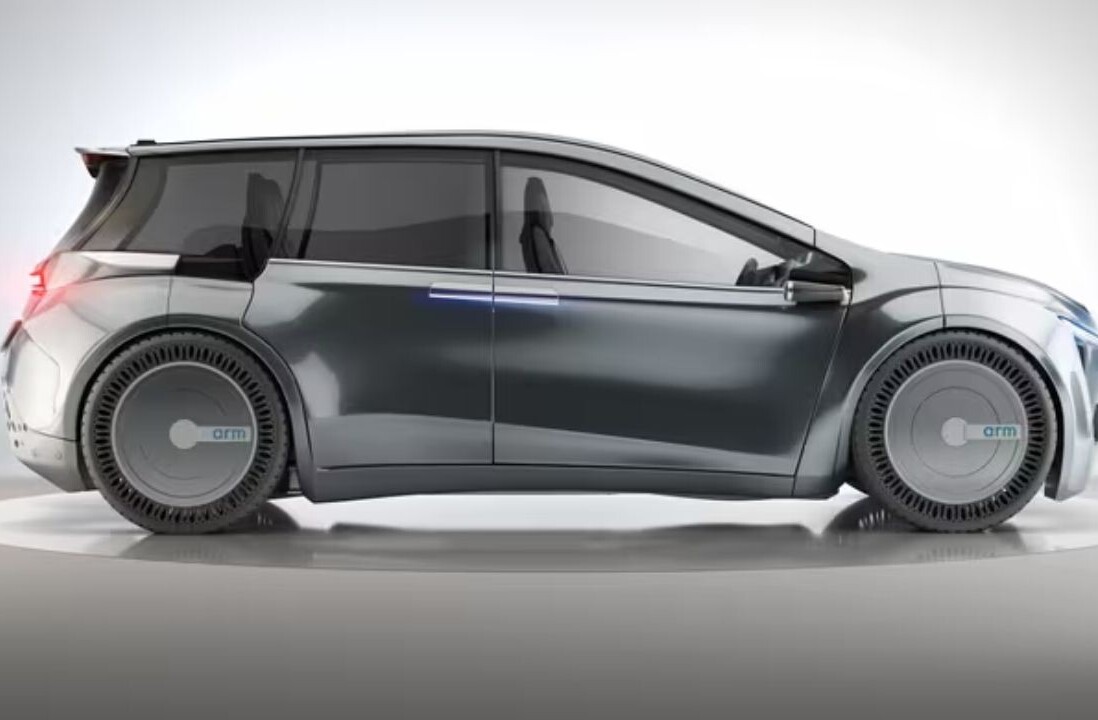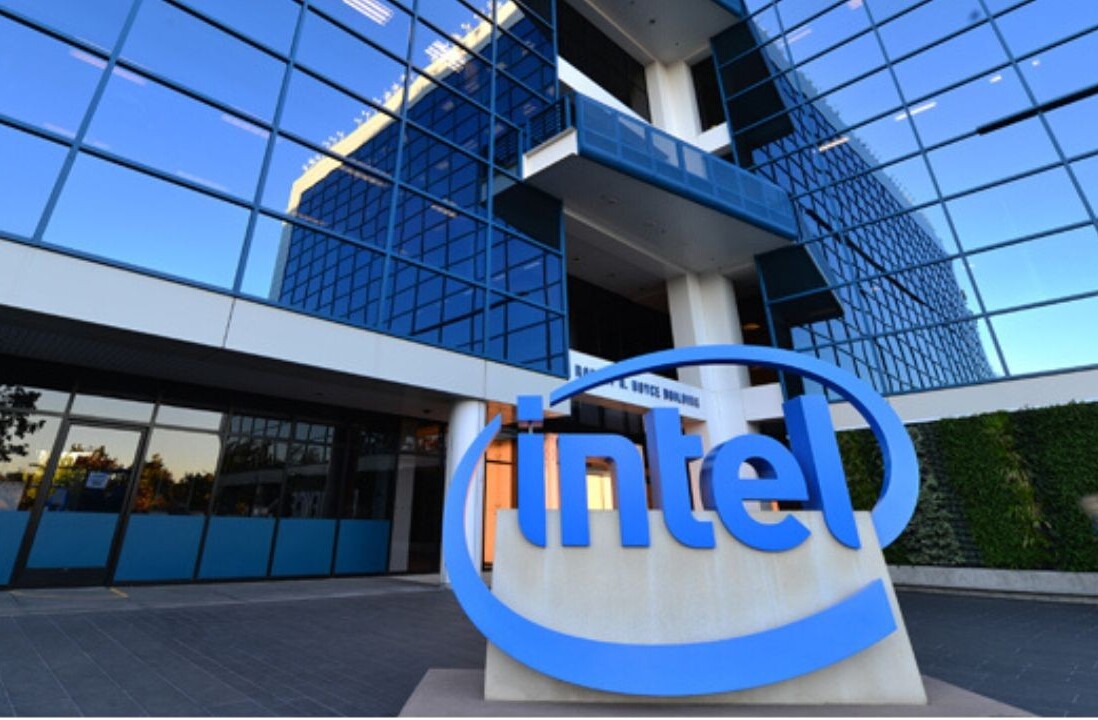
Education technology. A lot like military intelligence, if you grew up as a child of the 80’s or 90’s, the chances are that the phrase is an oxymoron to you. When I was in school (high school graduating class of 1995), we had a few sparse computers around the building, and we learned basic programming on an Apple IIGS.
Today, my kids go to a school that has computer labs spread throughout it, and the classroom itself houses a couple of computers (though they’re used more for standardized testing than for daily education). At the risk of sounding old, my how times have changed.
Over the past few weeks, my kids and I have been using a convertible laptop/slate, powered by Intel, called a Classmate PC. I did a quick overview of it when it first landed in my house, and I’ve been putting it through its paces ever since, treating it like a kid in a classroom might. Yesterday, I had a chance to talk with Jeff Galinovosky, Regional Manager for Intel and what he had to say about the changing face of ed. tech. was quite interesting.
First, it should be noted that Intel doesn’t manufacture the computer, only some of the components. Of course the company has a vested interest in making sure that its Classmates PC system is adopted, but there are several philanthropic initiatives that it does, as well.
Growing up, we might use a computer to take a typing test, or perhaps to work with an educational game. What Galinovosky suggests, though, is considerably different. Each of the Classmates computers can be tied to a system, to a specific teacher even, so that the computer can display relevant material while the instructor is teaching.
Now take that a step further — The teacher goes over a subject, then asks the students to complete a 3 or 4 question “test” over the content. Within a matter of minutes, the teacher has an immediate feedback of the students’ understanding of the subject and can tailor the instruction to what will work best.
Or how about peripherals? A sturdy computer that can be used with a USB probe for soil samples? Remember having to stand in line to use the 1 or 2 pieces of equipment in a chemistry lab? The Classmate PC is hoping to solve these problems by being affordable enough for any school.
We’re not yet at the point that we can go to a fully paperless classroom, but we’re getting closer. With partnerships from major educational publishers, the Classmates program envisions a not-so-distant future where school books can be interactive and published on-demand. Pluto is suddenly not a planet? Instead of a school wasting money on replacing newly-purchased books, the publisher can push the new content to the school via the Internet, saving time and money.
As a cost of ownership concern, the initial layout is of course a bit higher than simply buying books. But over the life of the laptop, what Intel has found is that the models are built sturdily enough to last through the handling of kids, and the ability to go to a paperless/bookless system holds even greater money in the pockets of the school (thus the pockets of the tax payers).
Does the Classmate PC system solve the world’s educational technology problems? Not even close. But it’s a step and it’s a big step at that.
Get the TNW newsletter
Get the most important tech news in your inbox each week.




